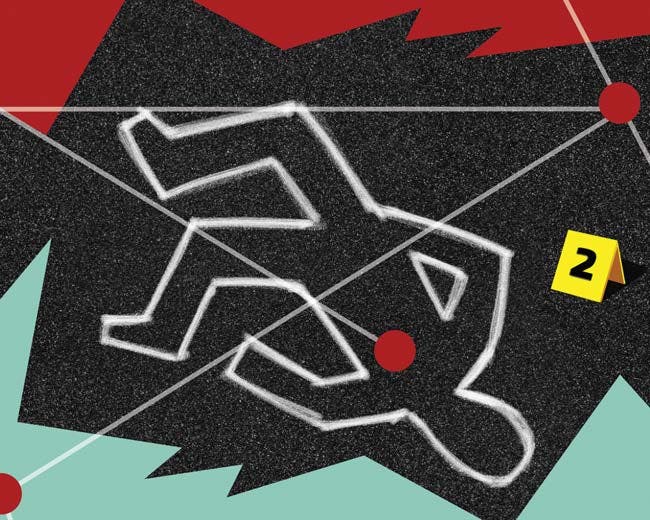The Frye Standard
To Tell the Truth
In November 1920, Dr. Robert Brown, a prominent doctor in Washington, DC, was killed in his home. Sixteen months later, police arrested and charged James Alphonso Frye for the murder. Frye initially confessed to the crime, but later changed his story.
With a shaky alibi and a confession on record, Frye’s lawyers brought in Professor William Marston, a Harvard-trained lawyer and psychologist, to administer a lie detector test. According to Marston, Frye passed the test: he did not kill Dr. Brown.
At Frye’s trial that summer, the judge refused to admit Dr. Marston’s testimony, citing a lack of scientific rigor in Marston’s published reports about his test. The jury found Frye guilty of second-degree murder. While Frye began serving a life sentence, his lawyers filed an appeal centered on the admissibility of Professor Marston’s lie detector test results.

